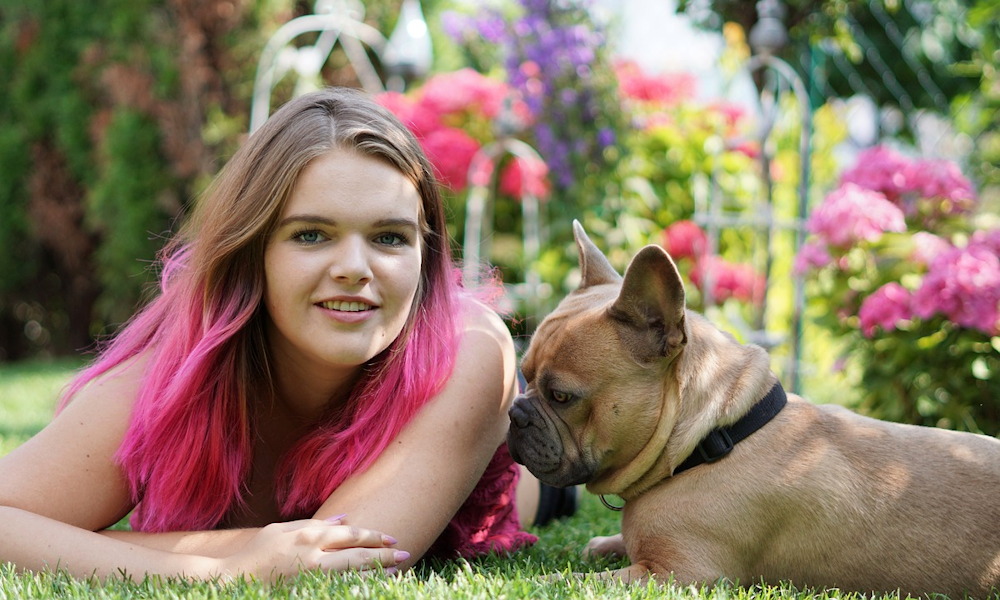In recent years, a new gardening trend has been gaining traction among nature enthusiasts and green thumbs alike. It’s not just about growing vegetables or tending to flowers – it’s about experiencing nature in a more profound and meaningful way. Welcome to the world of the “experience gardener.” But what exactly does this term mean, where did it come from, and why is it becoming so popular? Let’s dig in and find out!
What Is an Experience Gardener?
Unlike traditional gardening, which often focuses on productivity, aesthetics, or maintaining a neat landscape, experience gardening is all about the journey – the joy of connecting with nature, the therapeutic benefits of working with plants, and the pleasure of creating something unique. The term “experience gardener” embodies this deeper, more meaningful approach – one that prioritizes personal connection and holistic engagement with the garden.
Experience gardeners don’t just see their gardens as places to grow plants; they see them as spaces for creativity, relaxation, learning, and community building. This form of gardening emphasizes sustainability, creativity, and the joy of connecting with the environment.
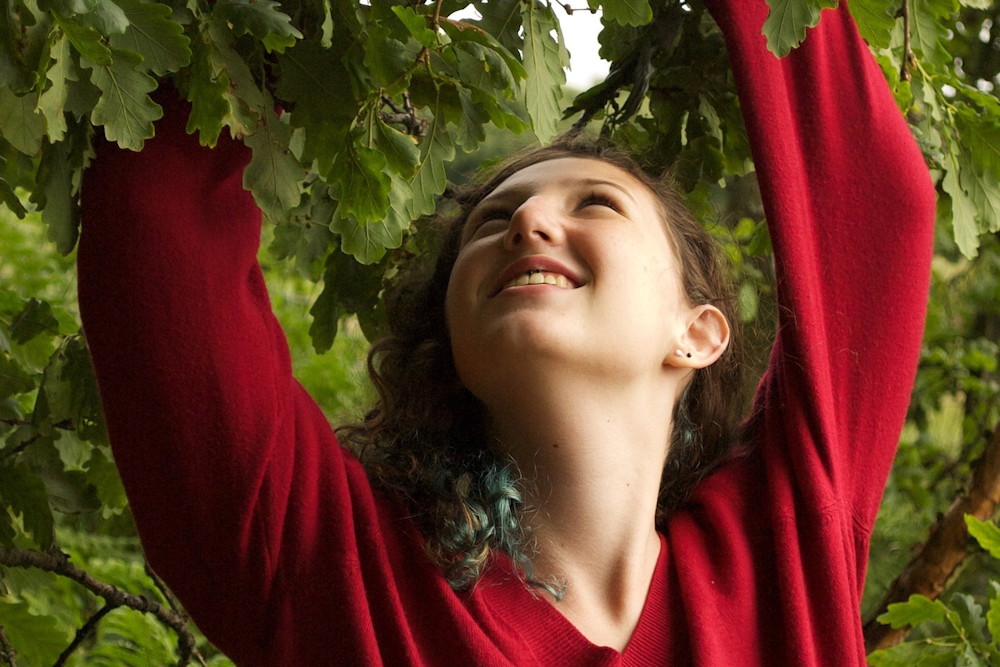
The Roots of Experience Gardening
Where did this intriguing concept come from? The term “experience gardener” appears to have originated in gardening forums, blogs, and among communities that promote sustainable and nature-connected lifestyles. This movement gained momentum in the early 21st century as a response to the fast-paced modern lifestyle and the desire to reconnect with the natural world.
The idea quickly spread through social media, gardening blogs, and online magazines, gaining a significant following among those looking for a more meaningful way to engage with their gardens. The movement has only grown, particularly during the COVID-19 pandemic, when many people found solace in their gardens and began to see gardening as more than just a hobby.
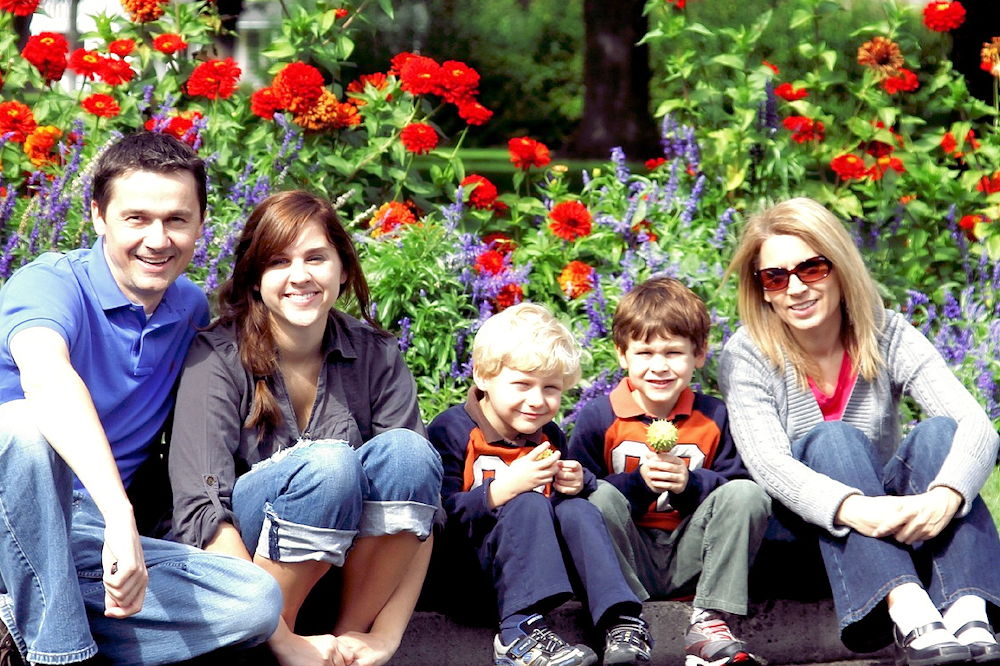
Why Now? The Rise of Experience Gardening
The Pandemic Effect
One major catalyst for the rise of experience gardening has been the COVID-19 pandemic. As lockdowns kept people at home, many turned to their gardens not just as places to grow food, but as sanctuaries for mental well-being and spaces to reconnect with nature. The therapeutic benefits of gardening became evident, and the trend of experience gardening took off. Gardening became a way to cope with stress, stay active, and engage creatively with the environment.
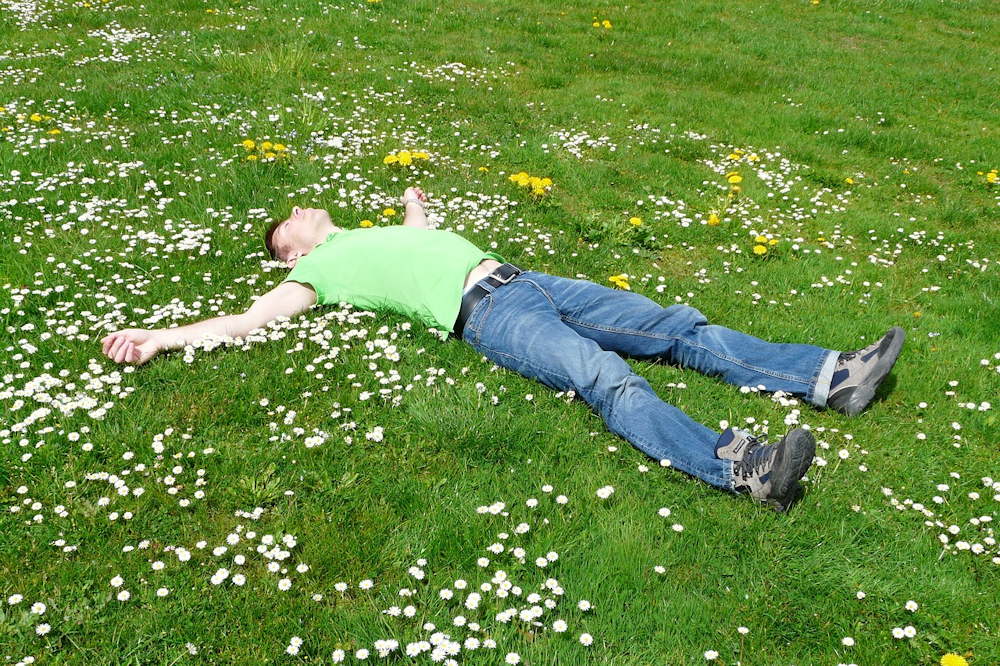
A Shift Towards Sustainability
Another driving force behind the popularity of experience gardening is the global shift towards sustainability and eco-friendly living. Experience gardeners are often passionate about using natural, chemical-free methods like composting, permaculture, companion planting, and natural pest control. For example, instead of reaching for chemical pesticides, they might plant marigolds or use other natural remedies to keep pests at bay – a common technique recommended by experience gardeners.
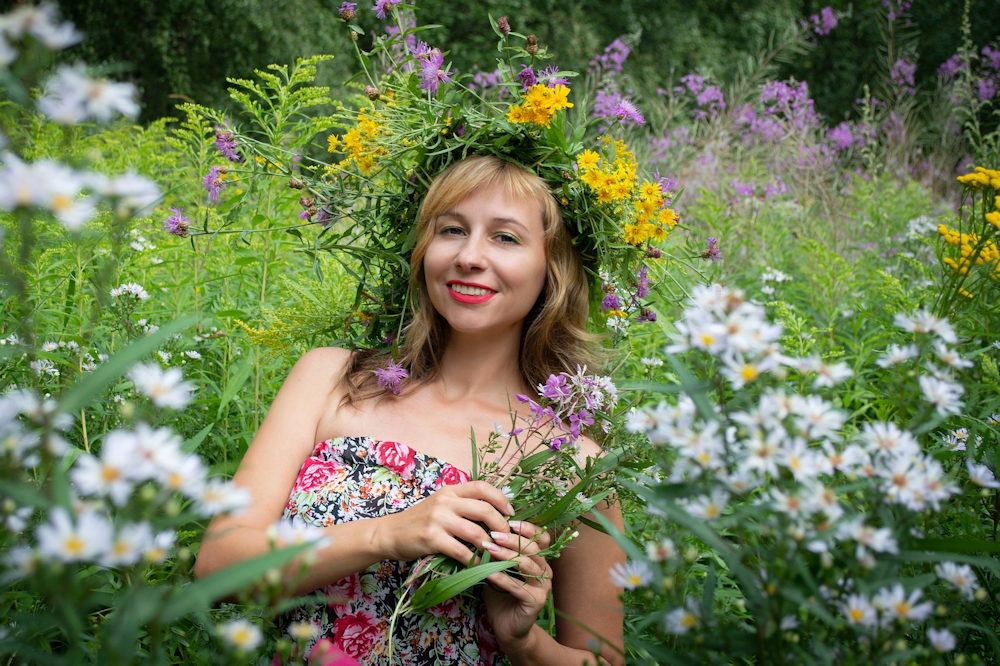
Key Elements of Experience Gardening
1. Sustainable Practices
Experience gardeners prioritize sustainability. This might include using organic fertilizers, practicing crop rotation, or integrating permaculture principles into their gardens. The goal is to create a garden that is in harmony with nature, rather than working against it.
2. Community and Family Involvement
For many, experience gardening is a communal activity. It’s about getting the family involved, building relationships with neighbors, or even creating community gardens where everyone can participate. It’s about the shared experience of growing and nurturing something together.
3. Creative Expression
Gardens are seen as blank canvases for creativity. Whether it’s through designing unique garden layouts, incorporating art, or creating sensory gardens that engage all the senses, experience gardeners see their gardens as spaces for self-expression.
4. Reconnecting with Nature
Perhaps the most significant aspect of experience gardening is the opportunity to reconnect with nature. It’s about feeling the soil between your fingers, listening to the birds sing, and watching the seasons change right before your eyes. It’s a mindfulness practice that encourages a deeper appreciation for the natural world.
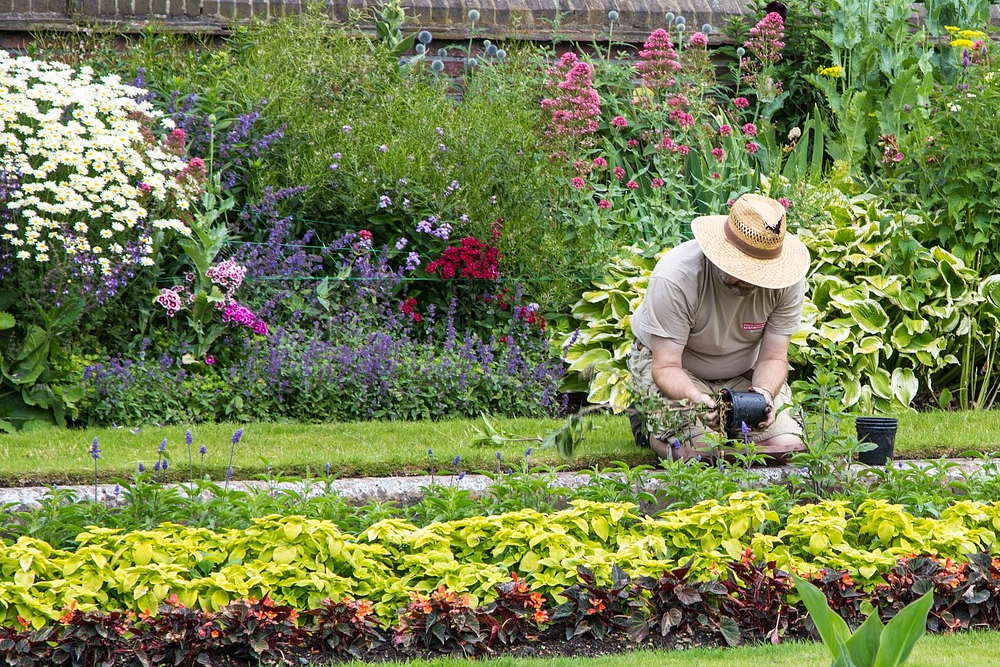
Is Experience Gardening for You?
So, are you an experience gardener? If you’re looking for more than just a neat flowerbed or a bountiful vegetable patch – if you want to cultivate a space that brings joy, fosters creativity, and connects you with nature – then perhaps it’s time to consider this growing trend.
Experience gardening isn’t just a fad; it’s a reflection of a broader cultural movement towards more meaningful, sustainable living. Whether you’re a seasoned gardener or just starting, there’s always room to grow – both in your garden and in the way you experience it.
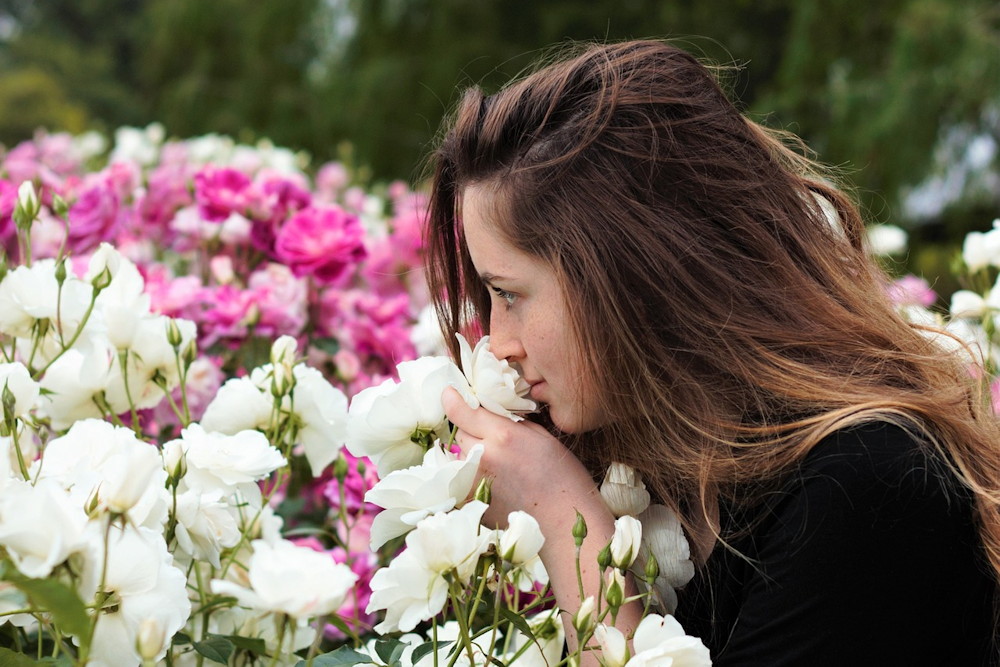
Final Thoughts: Cultivate Your Own Experience
Experience gardening is not just about what you grow; it’s about how you grow it. It’s about turning your garden into a personal sanctuary, a place for exploration, creativity, and connection. As this movement continues to bloom, more and more gardeners are discovering the joy and fulfillment that comes from cultivating not just plants, but experiences.
So, grab your trowel, embrace the dirt under your nails, and start your journey as an experience gardener today. After all, the garden isn’t just outside your door – it’s waiting to be discovered within you.



